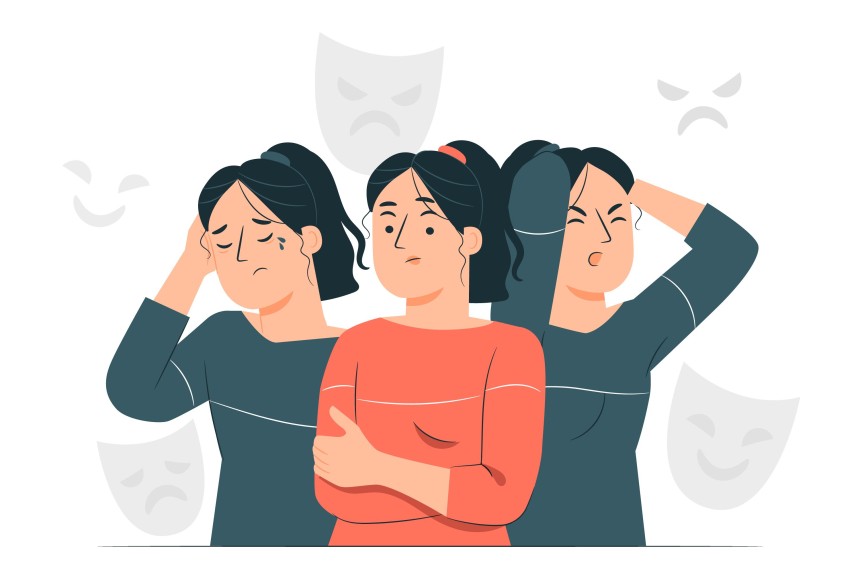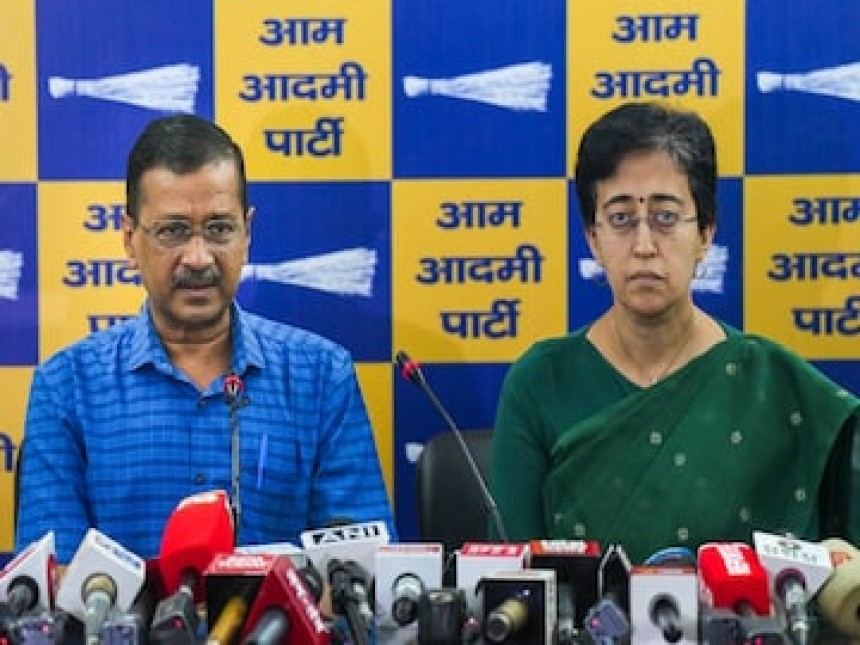
Bipolar Depression Disorder
Read everything you need to know about bipolar disorder and how to manage its symptoms without medication and find a better cure.
Bipolar disorder is a severe mental illness characterized by mania and hyper-mania. As the name suggests, 'bi’ means two, and ‘polar’ means poles. This disease contains two opposites and extreme states of mood, one is hyperexcitability and the other is depression. It is a life-long disease and managed throughout life. It can be controlled but can’t be cured. It is a psychological disease that is distinguished by mood swings where the emotional well-being of a person is compromised.
Other names
Other names for bipolar disorder are ‘manic depression’ and ‘manic-depressive illness’. The name was changed later to properly diagnose the disease with its symptoms.
Difference between Bipolar and Depression
Depression is known as the state of sadness and inactivity. The person feels hopelessness and loss of interest in daily life activities. But in bipolar disorder, mental health is affected in two ways. The person feels high emotions for a specific period and then overcomes the symptoms of depression. So, depression is only a single state of sadness, but bipolar disorder contains two extreme states of emotions.
Age to hit the disease
Bipolar disorder is mainly seen at the age of adolescence. Young persons are mostly affected by this mental illness.
Diagnosis
You must consult a good psychologist for the proper diagnosis of the disease. There are many other mental disorders that show the same symptoms for the disease. Like schizophrenia, cyclothymic, and depression. The doctor will properly assess the patient by doing a physical examination and running some lab tests. Tests are done to see if the symptoms are exactly for the mental disease or some other underlying health condition. The person should meet the criteria of DMS to be diagnosed with bipolar disorder.
Signs and symptoms
So many signs and symptoms are seen in bipolar patients. Extreme mood swings are the major ones. Every normal person can also experience several mood swings in his daily life. However, the person cannot be diagnosed with mental illness if daily life activities are not affected by such mood swings. The duration of these mood changes must be longer than several weeks to be diagnosed. Different symptoms are seen in both states of bipolar disorder.
Symptoms in Hyper-mania
In the state of hyper-mania, the person may experience the: • Intense pleasure and joyfulness even if the sad news hits • Increased activity • High level of creativity and concentration • Excitability • Talking in an unusual manner • Speaking more quickly than normal • Easily irritable • Insomnia • Euphoria • Recklessness • Rash speech • Highly responsive • Self-obsession • Impatience • Irritating behavior
Symptoms in Depression
In the state of depression, the person may feel: • Sadness • Anxiety • Low energy for daily life activities • Self-doubt • Guilt • Despair • Delusions • Pessimism • Emptiness • Loss of appetite • Suicidal thoughts
Causes
The exact cause of mental health illness is not known but it may pass through genes. The risk of getting the disease is higher if any other family member is facing the problem. There may be some other causes like childhood trauma, stress, PTSD, drugs, and high intake of alcohol.
Structural changes in the brain
MRI also shows changes in the brain structure with this disease. The most changes are seen in gray matter, prefrontal, and temporal areas. Neurotransmitter and hormonal changes are also seen in diagnosed cases.
Stages of bipolar disorder
Commonly 4 stages are considered for bipolar disorder. Each phase may extend for weeks or even months.
Manic phase
A person feels the mood of hyperactivity and immense pleasure in an acute manic phase. Other people can also see symptoms of being easily irritable and talking unnecessarily.
Depressive phase
Low mood and anxiety are seen in the depressive phase. Patients feel too low to carry out daily life activities and even get suicidal thoughts.
Mixed mood phase
The symptoms of both first two phases are experienced by patients. It is even considered the worst state of all four because of the rapidly changing moods of the patients.
Maintenance phase
In the maintenance phase, patients start taking medications for stability in mood. It is carried out by psychotherapy and drugs.
Treatment for bipolar disorder
Bipolar disorder is a mental illness with no regular cure. It is a lifelong disease, but symptoms can be managed by different drugs and therapies.
Mood stabilizers
Mood stabilizers are the first-line treatment for bipolar disorder. Mood swings can be managed with them. The most advised mood stabilizer is lithium. However, lithium has many side effects like dry mouth, blurred vision, stomach pain, and many more. So, consult your doctor immediately if you experience any of them.
Anti-psychotics drugs
Medication for bipolar disorder also includes anti-depressants. Doctors can advise anti-depressants to relieve symptoms of depression and anxiety. Some of the anti-depressants for bipolar disorder are SSRIs, citalopram, escitalopram, quetiapine, olanzapine, etc. Medications must be taken according to the doctor's advice.
Psychotherapy
It is a therapy with speech. Psychologists take sessions with patients to understand the patient's needs and treat them accordingly. A patient must trust his doctor and explain the symptoms he is experiencing so that the doctor can help him in a better way.
Cure without Medication
Here we are discussing some ways that can help to cure bipolar disorder without medications.
Lifestyle changes
Mental health starts with better changes in daily routine. Take proper sleep of at least 7 to 8 hours and start the day with freshness. Do some exercise and take a bath. Take a diary to note all routine work and mood changes, so that you have a record of your illness. Also, take regular breaks between work and ask for help if you feel low or irritable.
Avoid triggers
Note the factors that trigger your symptoms and try to avoid them. The most common trigger factors are alcohol, caffeine, stress, noise, insomnia, sugar, and high intake of salt.
Avoid stress
Most of the mental illness arises from stress. Make a schedule of daily routine work and important events to avoid stress. Also, avoid noisy places and people.
Healthy diet
Take good care of your diet. Ask a nutritionist and start the ketogenic diet. Add fresh fruit and green vegetables to your daily meal.
Exercise
Exercise also helps to relieve depression and control mood swings. Start doing meditation and yoga. Yoga will help in relaxing the mind and muscles.
Control emotions
Try to control emotions and practice calmness. Cognitive behavioral therapy can help in controlling mood swings.
To conclude the topic, it is important to mention that the family members of the patient also need counseling on the matter. They should know how to treat the patient in active phases of mood swings and seek help from professionals.

7 Steps of Consulting Process: A Proven Framework for Business Success
In an ever-changing business environment, companies constantly seek ways to remain competi...



